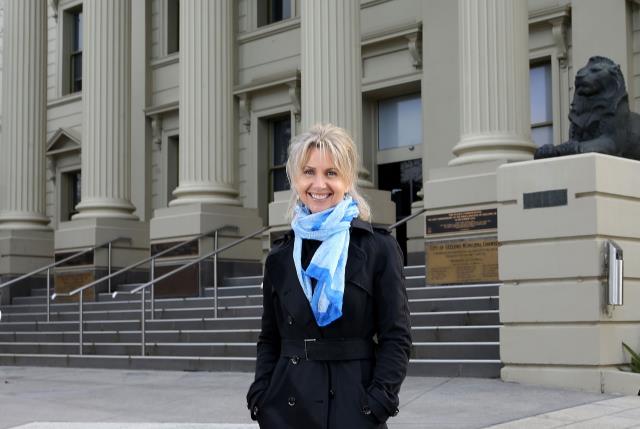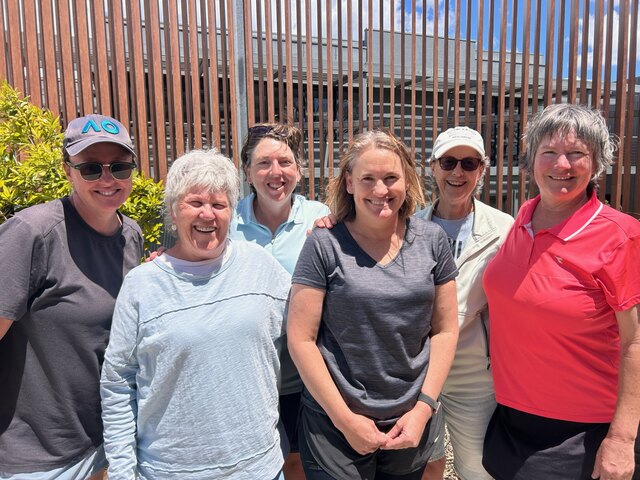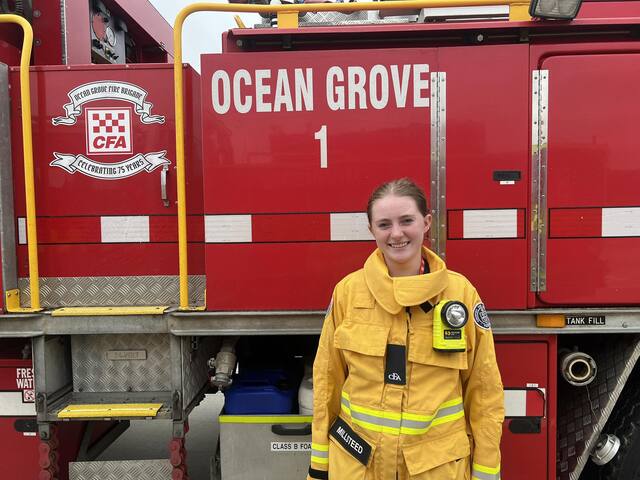When we extended our family home in 2015, the decision to make the new upstairs area fully open plan seemed like a great idea.
Four years later, with two parents running a business and three teenage students grinding through university, VCE and senior school during lockdown I’m sure I wasn’t alone in wishing for more walls.
However, our truly brilliant decision for the renovation was to include an almost overkill level of data points, charging areas and optimum broadband solutions.
The past two and a half years certainly validated that thinking as we embrace the universal need for fast and reliable internet.
It is fundamental for what is now accepted as a hybrid working model and the sophisticated collaboration critical for that to work well. All of this works to facilitate economic growth and flexible ways of operating for many industries.
With this firmly in mind, the City of Greater Geelong has partnered with Deakin University and Australia’s Academic and Research Network to deliver high-speed internet to community, education, and research facilities on the Bellarine.
The 12-month project will see 35km of fibre optic cable rolled out from Central Geelong to Drysdale and Queenscliff, starting along the Bellarine Rail Trail from East Geelong to Curlewis.
So when the digging starts we will witness what is a practical investment in connecting our beautiful region to the future. Note also that the works are being coordinated so that they minimise disruption to the Bellarine Rail Trail and are sensitive to the natural landscape.
Council facilities such as the new Drysdale Library, The Potato Shed and Drysdale Sports Precinct will be hooked up to the infrastructure, benefiting community members of different ages and socioeconomic backgrounds.
The project also paves the way for optical fibre to be installed to other coastal areas in the future.
By future-proofing Greater Geelong with digital infrastructure, we are creating a more sustainable and liveable region. And that can only be a benefit for all.









